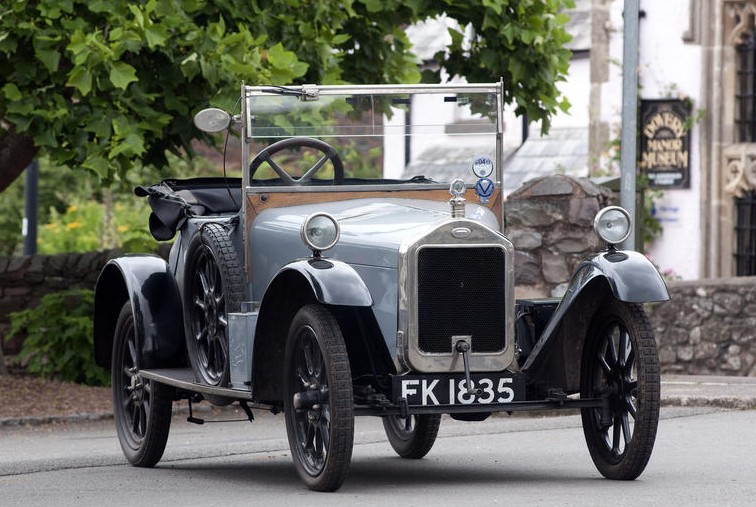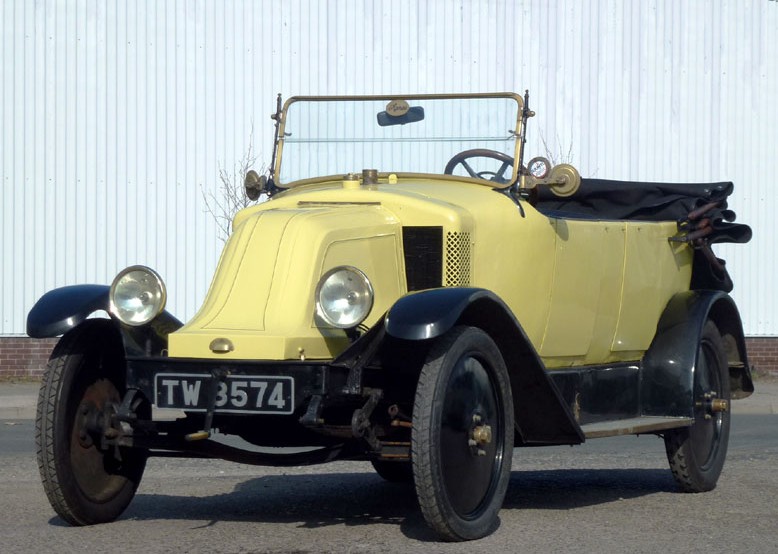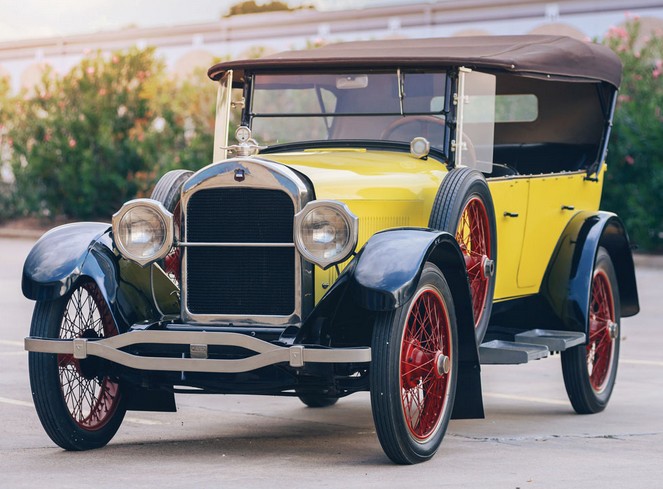1922 Wolseley Seven Tourer
Offered by Bonhams | Beaulieu, U.K. | September 8, 2012

Here’s another small British convertible. The name Wolseley is probably familiar to you, as they produced cars in Birmingham from 1901 until 1975. The Seven name might also be familiar to you, as the Austin Seven (or 7, as it is usually seen) was one of the most popular British cars during the years of its production of 1922 through 1939. I kind of think of the Austin 7 as the British Ford Model T. Sure, the Model T came first and the British had them too, but the Austin 7 had the same kind of effect on the British automotive market as the Model T did in the U.S.
Wolseley and Austin were independent manufacturers in the 1920s, although Austin tried to buy Wolseley in 1927, but were outbid by Morris. But Austin and Morris merged in 1952 anyway as British automotive firms began to consolidate time and again. For a while thereafter, Austin and Wolseley produced badge-engineered versions of the same cars.
But this was not the case in 1922 when the Wolseley Seven was introduced. The car was high in quality but it was at the bottom end of the market with its flat-twin engine of 986cc making just 8.5 horsepower. The Austin 7, introduced the same year, used a 747cc straight-four making 10.5 horsepower. And, to make matters worse, the Wolseley was considerably more expensive. This led to only about 1,000 being made before production halted at the end of 1923.
Only about 10 of these very rare cars survive today – and this one is in drop-top form. It’s a former museum car in good shape. The pre-sale estimate is between $13,000-$19,000. For more information, click here. And for the rest of Bonhams’ lineup for this sale, click here.
Update: Sold $18,773.








